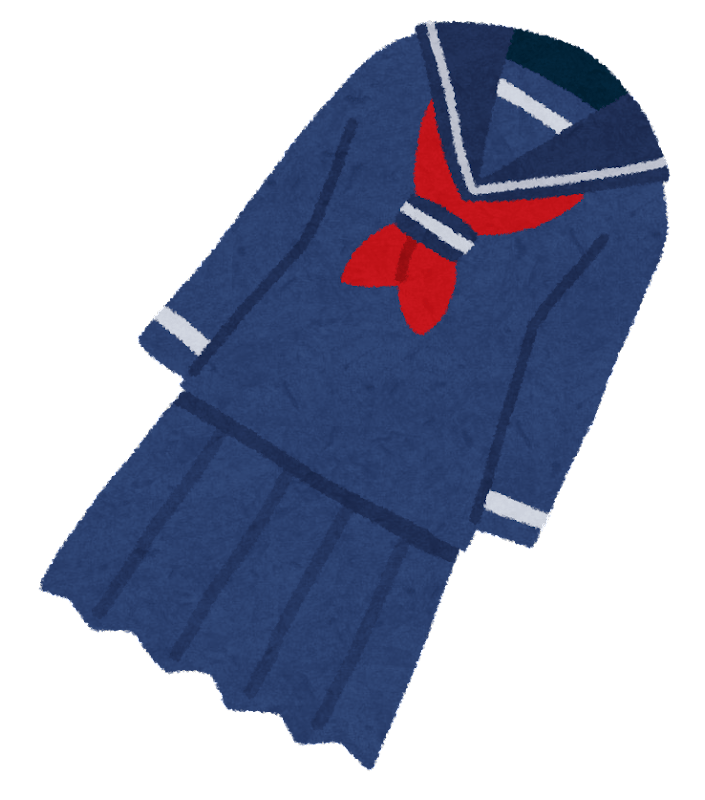
What are the pros and cons of having individual counters?
One of the biggest pros of individual counters is precision, as it allows those using them to be specific when specifying the quantity of objects. It also clarifies the type of object and provides additional information when speaking, especially since there are some words in Japanese that sound similar. For example, かみ can mean god, paper, and hair. Using a specific counter would be helpful in verbal situations for distinguishing the item that somebody is talking about when you are not able to see the written kanji. It is also useful to convey cultural nuances, as different counters may be more appropriate in certain contexts such as addressing your seniors, etc.
A con would be the complexity of counters. Because there are more than five hundred counters, it may be hard for both Japanese language learners and native speakers to remember each and every counter. Some counters are not interchangeable as well, so it makes using specific counters more mistake-prone, leading to confusion and misunderstanding.
Discuss 5 different counters from the 350 Japanese Counters article.
The 〜つ counter is the most universal counter as it can count anything. This includes things with or without shape, abstract things, number order, ages, thoughts, ideas, and more. This is helpful to use when you have forgotten a more specific counter.
The 〜缶 (かん) counter is used to count the number of cans. Since the reading for the kanji is “kan”, it is easy to remember as it sounds like the English word “can”. This includes soda cans, tuna cans, bean cans, milk cans, spray cans, tea leaf tins, etc.
The 〜曲 (きょく) is used to count the number of songs. This includes songs, music, etc.
The 〜口 (くち) counter is used to mainly count the number of bites. For example, one bite of a cookie, or one sip of ramune. It also encompasses various other things such as swords, suspended temple bells, submissions to win a prize, a donation amount, shares of insurance, etc.
The 〜角 (かく) counter is used to count the number of horns and antlers. This includes horns, antlers, official documents, official papers, etc.
What is a counter that you wish existed in English? How does it work?
The counter 〜着 (ちゃく) is used to count clothes and garments. This includes suits and sets, as well as single clothing garments such as coasts, cloaks, kimono, dresses, skirts, jackets, etc. It also counts places in a race such as first, second, third place, etc.
This would help greatly in describing outfits and sets. For example, we might say “two suits” in English to refer to either a complete set of clothing including the pants, suit jacket, and shirt, or just a jacket. However, if we use the 〜着 counter, we can describe the sets more accurately to indicate that they are complete outfits.
Do you think Japan should continue to use counters, why?
Yes, I think it adds a sense of uniqueness in the Japanese language. It is part of the language’s cultural identity to have a huge variety of counters. It is also a more concise way of conversing, to add specifics into speech.